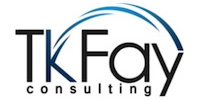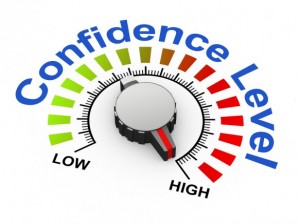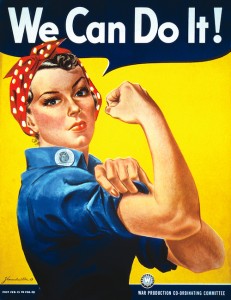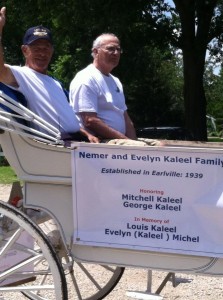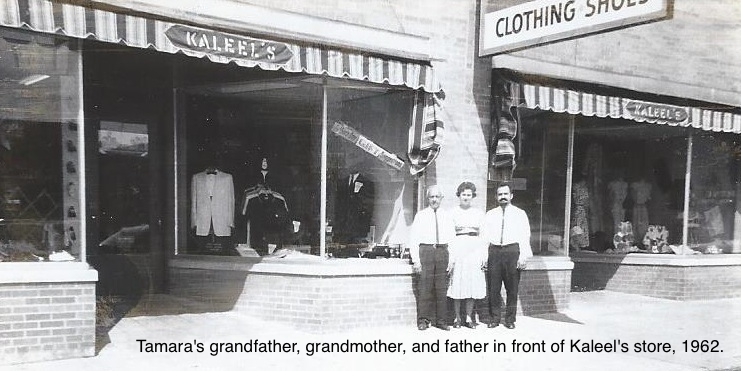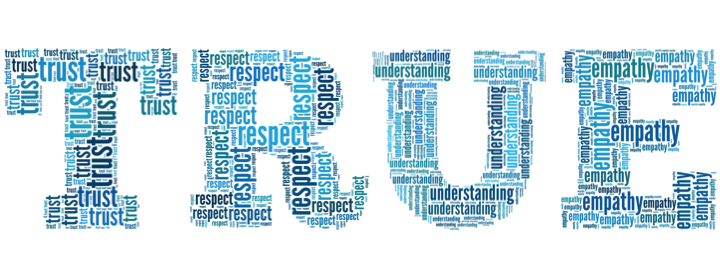Let’s hold it together this year
Aligning core values vs. making resolutions
Having just started another year, some of you may still be making New Year’s resolutions. Think forward a few months. Come June or July you might get frustrated, feel disappointed, and give up because you haven’t reached those resolutions. Been there! Done that!
“Holding it together” is where New Year’s resolutions often miss the mark. I decided to try something different this year: I am going back to my button. After all, what is better at holding things together than a button? Especially your button!
Here is what I mean about going back to my button.
The beginning of a new year is a transitional time. It’s a chance to reflect and re-evaluate. Approaching my career transition 14 years ago, I reflected on what was important to me at that time—before I did anything else. I identified my core values using a four-hole button.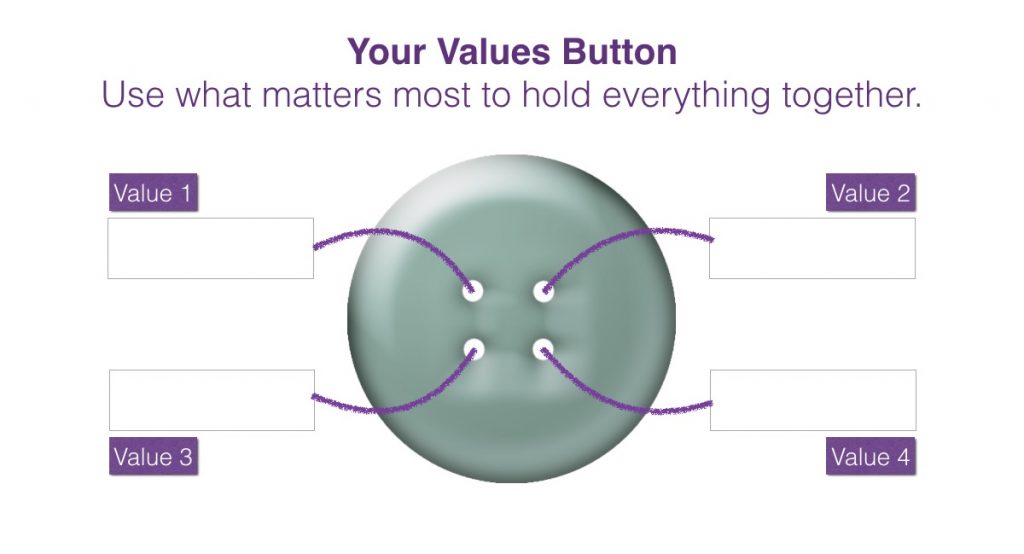
Core values are qualities you consider worthwhile, your highest priorities, and deeply held beliefs about how you want to live your life. for me, that meant filling those blanks with these four things: Family, Faith, Quality, and Health. That same button has supported me over the years as I have faced career, family and personal decisions.
Why a button? And why four holes? Couldn’t you get by with two?
The main purpose of a button is to hold things together. Think of our roles as women: We are connectors. We hold things together. We are wives, mothers, grandmothers, volunteers, employees, and so much more.
And if you want a button to stay connected, to be stronger, a button with two holes is always better than one with only two!
Here’s how you can reflect on your button this year, instead of making resolutions.
Step 1: Brainstorm a list of core values. List as many as you like. But then narrow it down to the four that are most important to you. That’s right; select only four of the most important things in your life right now. This is not easy. It may take serious thought and time, but this focus will serve you well as you navigate the year.
Step 2: Print a copy of my button worksheet. Write one core value for each hole. It doesn’t matter what order. From now on, think of them all as equally important. Keep this button at close proximity, so you can reference it as situations come up, decisions need to be made, or as a way to measure that you are allocating time for each core value throughout the year.
Step 3: Concentrate on what’s important to you this year by using your button to hold your personal and professional life together. For example, if you’re like me and consider quality a core value, you might ask yourself:
- How can I ensure that quality is part of my personal and professional life?
- What do I have to pull back on so I can have more quality time with friends/family?
- How can I ensure that the work I am delivering is quality not only to me but to my clients/customers/colleagues?
Questions like these will allow you to focus on what’s important in your personal and professional life. And isn’t that what each year is all about?
The benefit of this exercise is enormous, especially during transition: starting a new job, beginning a new project, joining a new organization, launching a new business, or even just beginning a new year. Transitions call for decisions, and core values are the truest basis for those decisions.
I wish you a happy 2016!
May your year be rich and full, as you live life according to your core values!
“Tamara presented a clear strategy to help me identify my values, sense of purpose, and goals so I could hone my job search to positions I would find professionally and personally fulfilling.” (from a woman re-entering the workforce)
“Juggling family, home and work is challenging. Getting in touch with my personal core values has given me the confidence to know what I can say no to in a highly demanding career and still be considered a valuable team member while keeping my family first in my life.” (from a physician who is a wife and mother)
